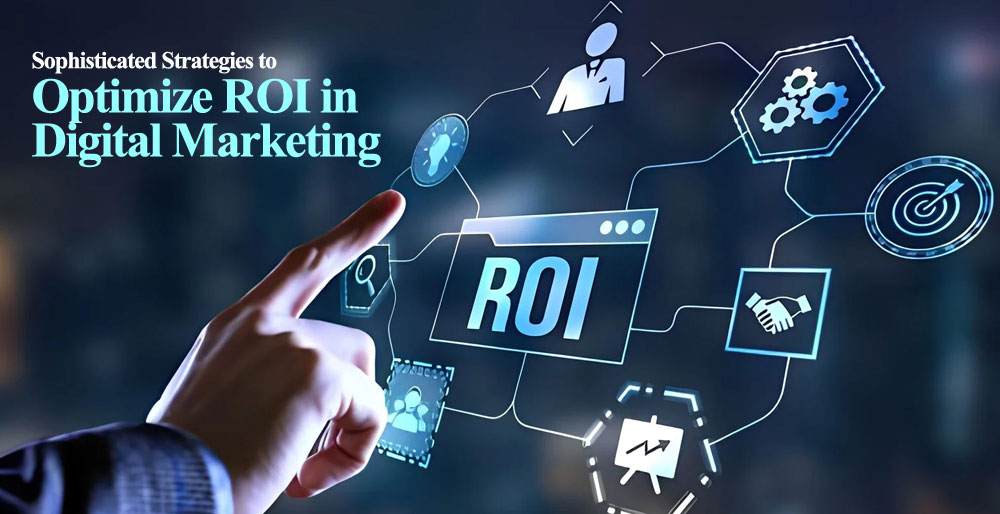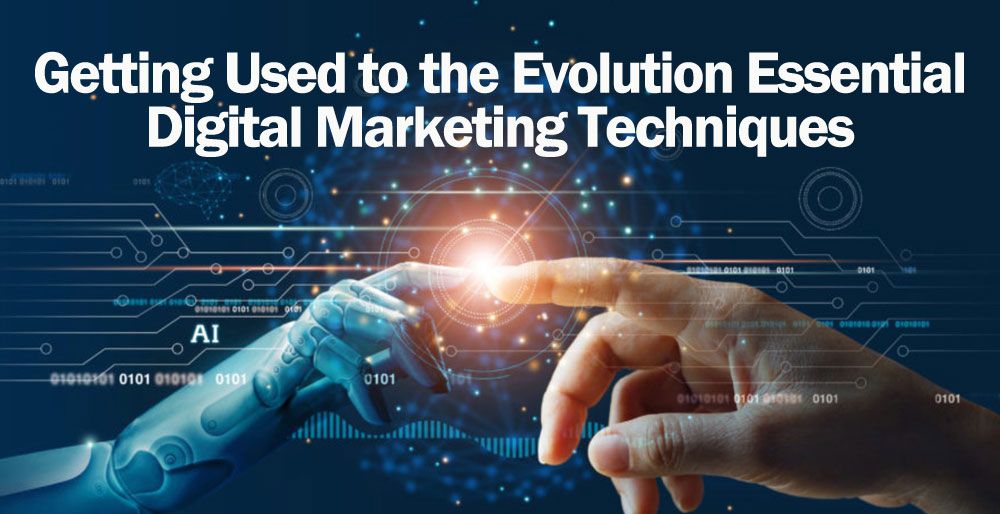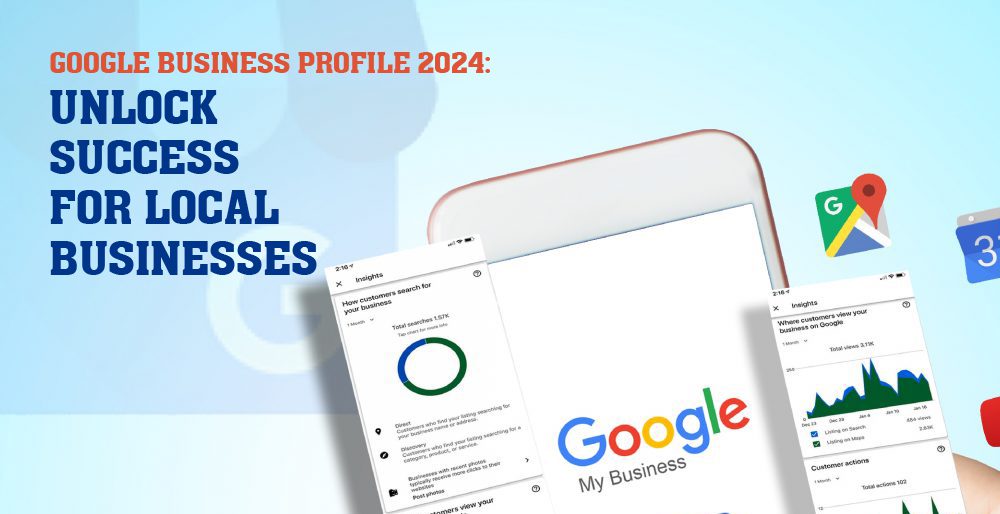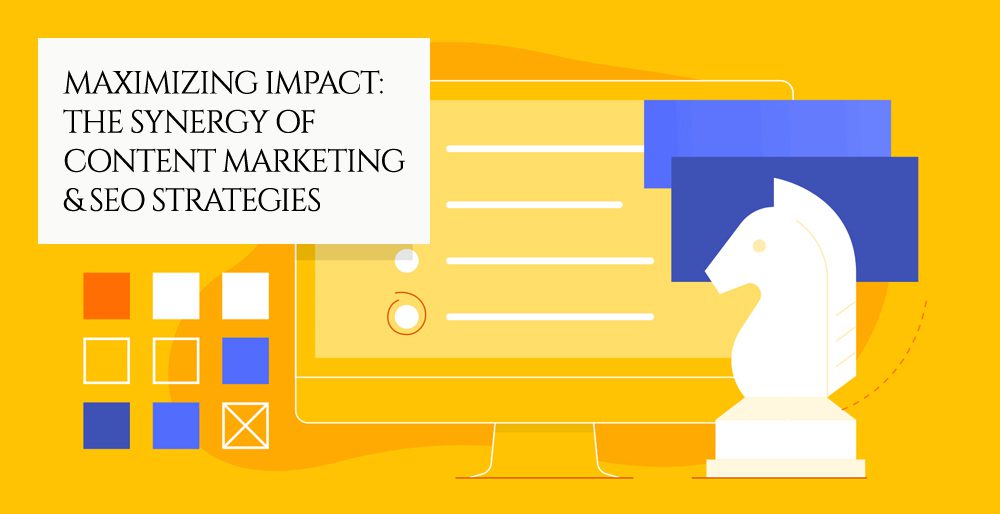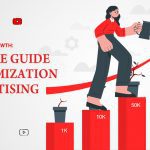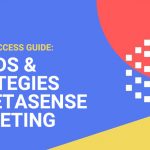
Standard operating procedures will make your work faster, easier, and more scalable. There are many simple and repeatable tasks involved in SEO, especially. It’s easy to add meta tags, maintain a proper URL structure, insert internal links, and optimize your images… but it’s also easy to forget about them. By documenting SEO tasks in SOP documents, you will never forget them-and, once they are documented, they can be easily delegated. SEO SOPs can grow your organic traffic while reducing your workload.
Let’s get started.
How relevant is SEO today?
Search engines are changing at a breakneck pace and moving at a breakneck speed. Does SEO still have relevance in today’s ever-changing search engine world? There is no doubt in my mind that the answer is yes. Despite diversifying digital marketing strategies – which are also important – SEO will never go away.
Organic SEO will generate more clicks if the content is relevant and quality. The more valuable content users read, the more they build trust in the company. When you align keywords with user intent, you get more consistent results as the user searches longer. You can expect them to stay longer on your site and to return more frequently. Organic searches have a different intent since users are intentionally searching for your products or services. There is still high-quality traffic generated by organic users, which proves that organic users are still the best long-term customers. Organic SEO results are more sustainable and stable, so don’t ignore them.
SEO will never die as long as this example is relevant and real. Cryptocurrency ads have been banned on all major social media platforms. Additionally, Google announced that it would ban all cryptocurrency-related paid ads beginning in June 2018. Due to this, no cryptocurrency ads will be displayed on large platforms like Google, Twitter, Facebook, or Instagram. Despite its impact on the industry, all is not lost. Cryptocurrencies can now be promoted organically through search engine optimization. Organic traffic is now the way to spread awareness about cryptocurrencies and ICOs.
What are the benefits of using SOPs for SEO?

As a result of SEO SOPs, you can:
- When publishing content, don’t forget to follow key SEO steps.
- Take care of simple tasks with the help of a professional assistant.
- Without standardization, you can’t scale your business.
Standardization was one of McDonald’s first accomplishments. There was much more to creating a burger line than simply writing a document. By implementing a standardized process, you can also improve efficiency and output.
You should have these five SEO SOPs.
SOPs can be beneficial for a wide range of business processes. SOPs should be in place for the following five SEO tasks:
- On-page SEO and content creation.
- Procedures for linking internal resources.
- Optimization of images.
- Link building through email outreach.
- Monitoring and updating your rankings.
Below are examples of each and examples of how you can adapt the template to fit your business.
1. On-page SEO and content creation
A good SEO strategy relies heavily on content. A great piece of content, however, requires time and effort. An SOP will reduce the time it takes.
These are the eight steps we follow at Ahrefs when it comes to content:
- Create a shared drive for the post
- Complete/update the Notion card
- Illustrations for headers should be assigned
- The outline of the content should be written
- Draft the document
- The draft needs to be edited
- Annotate screenshots and assign custom images
- Edit and upload preparations
Our systems and styles differ from these eight steps, of course. Our content is rigorously edited to ensure quality, and we use Google Drive and Notion to organize everything.
As an example of that document, here it is:
This is an easy-to-follow and well-documented process that includes examples and links.
We also link to our writing guidelines SOP within this document, which provides more detailed information about how we write.
You can find examples of our style and writing guidelines here…
Finally, we have SOPs in place to cover on-page SEO, including how to correctly name images, add alt text, and create metadata.
Creating content is much easier and quicker if you create these simple documents.
2. Procedures for internal linking
For a website to rank highly on Google, internal linking is essential. You should have internal links on every page of your site, except landing pages. In particular, this applies to blog posts.
The SOP can look like this:
- Any time you can benefit the reader by including an internal link, you should do so.
- You should use anchor text for internal links that is relevant to the content you are writing about and the content you are linking to. If you write about RV water pumps, DO link to “RV accessories.” But never link to “van life builds.” Keep it related.
- You can do this using Ahrefs’ Internal Link Opportunities tool in Site Audit. In addition, you can see all content that contains a related keyword or phrase by performing a Google search for the site:[yoursitehere. com] “related keyword”.
3. Optimization of Images
Optimizing your images for Google (and for users) is often overlooked. You can do this easily, and it’s essential if you want to reach the top of Google.
To ensure good image optimization, follow these three steps:
- Properly titling an image (without stuffing it with keywords)
- For those who are unable to download and view the image, add alt text describing it in more detail
- Reduce the overall data size of the image and use the correct file format for faster loading
4. Outreach via email to build links
A good SEO strategy must include link building, as links are a significant ranking factor for Google.
It’s not easy to build backlinks, but there are many steps that you can repeat. Because of this, it is perfect for a Standard Operating Procedure. Each link-building strategy should have its SOP, including:
- Promotion of the blog and/or guest posts.
- Building broken links.
- Unlinked mentions have been fixed.
- Link-stuffing inferior pages.
There is a difference between each of these procedures. Create a document by following the linked guide above or turning your current process into a document.
5. Making updates to your rankings
The final thing every SEO loves is watching your rankings go up (hopefully).
There is a better way than simply checking your Ahrefs or Google Search Console accounts to see if your rankings are moving.
Your Ahrefs account must still be checked. Your methodical approach tracks your changes and their effects, rather than being excited like a kid in a candy store. Ultimately, SEO is a trial and error process.
Start by signing up for Ahrefs’ Rank Tracker if you haven’t already. We provide visual representations of your ranking changes over time through charts and competitor reports.
Keywords and pages can also be tracked over time:
Once you have your account, you can make an SOP for checking these daily, weekly, and monthly. Keep track of any changes you make to your pages, including metadata, content additions, and internal links. As your rankings change, document their impact.
When you perform SEO tests such as these and track their results, you can see what works and what doesn’t and scale up what works.
The difference between direct traffic and organic traffic in TLDR

For instance, if you want to know what organic traffic is, then organic traffic is any traffic that comes from search engines that are earned, not paid. Direct traffic does not come from a referring website unless a website refers to the visitor. For more information, watch the video:
Direct traffic refers to visitors who enter your URL directly into their web browsers, but there’s more to it. Here’s a look into where your traffic is coming from if you want to get a deeper understanding.
Understanding how analytics tools like HubSpot or Google Analytics classify all of your websites’ traffic sources will help you understand how to direct traffic differs from organic traffic.
Traffic sources types
The following categories are most often used to categorize website traffic sources:
Traffic direct
We mentioned that direct traffic comes from websites that don’t refer traffic. Direct traffic is likely to be categorized as well if it comes from an unknown source.
Traffic from organic sources
Search engine traffic that doesn’t need to be paid for is organic traffic. Efforts made in inbound marketing and SEO will result in organic traffic.
Traffic from paid search
The term “paid search traffic” refers to traffic coming from a paid search campaign you’ve launched on a search engine such as Google or Bing.
Traffic from social media
A website that receives traffic from social media websites, such as LinkedIn, Twitter, Facebook, and Instagram.
Traffic from email
Any traffic that arrives at your site from an email campaign will appear as email traffic if you properly tag your email campaigns.
Traffic from referrals
A website that has not been indexed by a search engine or social media platform that brings traffic to your website. Referral traffic is people who visit your website via a hyperlink on another blog.
In other words
If your traffic does not meet the above criteria or is explicitly tagged as “other,” then this is your traffic category.
Let’s start by reviewing two essential traffic sources: direct traffic and organic traffic. The first thing we’ll do is look at direct traffic since it’s a little more complicated.
Direct traffic: an understanding
Any direct traffic to your site is considered direct traffic. Anyone who types your URL into their web browser or clicks on a bookmarked link will be able to access your site. There isn’t much clarity when it comes to direct traffic. As much as 60% of traffic considered direct by Search Engine Land and Group-on is organic.
Conclusions
Standard operating procedures (SOPs) for your SEO processes facilitate scaling up your business and hiring others to assist.
If you want your business to grow (and your organic traffic to increase), SOPs will help you achieve that. Scale up what works by learning what works, documenting the process, and documenting the results. Having an SOP for every repeatable task in your business is just the beginning—these five SEO tasks are just the beginning. For more information, connect with MetaSense Marketing.
Designing, building and implementing Award-Winning Digital Marketing Strategies.
Contact me directly at 856 873 9950 x 130
Or via email at : Support@MetaSenseMarketing.com
Check out our website, get on our list, and learn more about Digital Marketing and how MetaSense Marketing can help.
https://www.metasensemarketing.com
For more information and to schedule an appointment, CLICK HERE.
MetaSense Marketing Management Inc.
866-875-META (6382)
support@metasensemarketing.com

